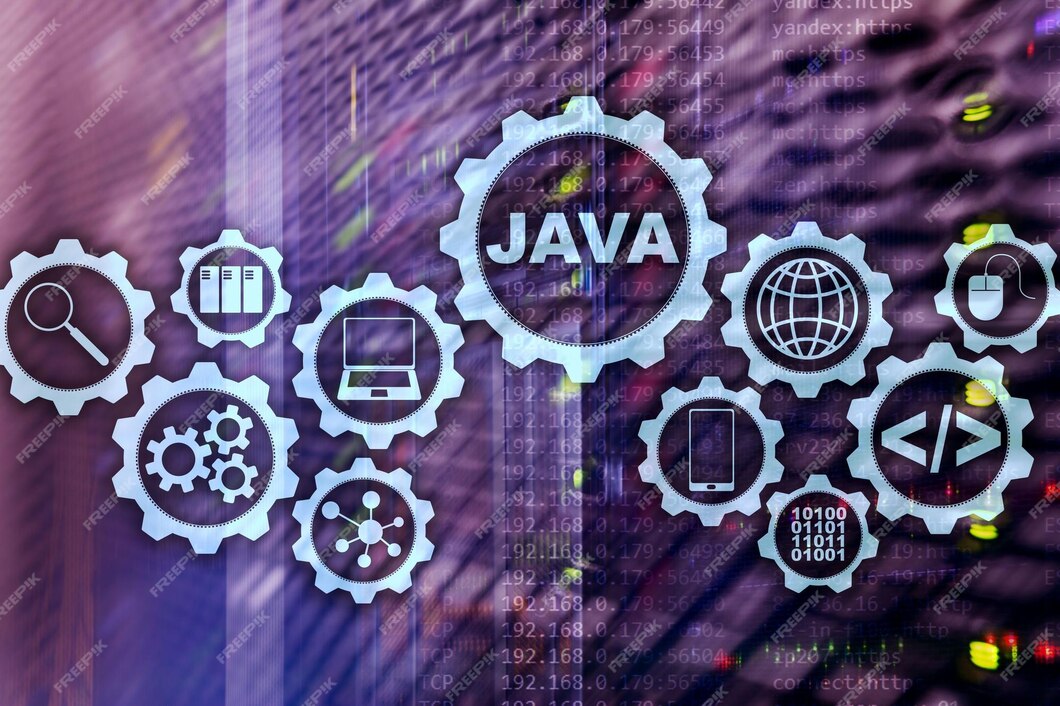
Photo by funtap
Java is an Object-oriented, portable, robust, and secure high-level programming language. It has been used extensively since its development in the mid ninetieth century. The Java platform offers portability. Additionally, it ensures that Java applications can run on any device with a JVM. This feature in Java data structures combined with the ability of Java. It provides higher performance, object-oriented programming, and rich built-in libraries. Hence, making Java best suitable for novice and professional program developers. Let’s discuss why should you learn Java programming and data structure.
Why Learn Java Data Structures and Programming?
There are many reasons and advantages to learning Java data structures and programming.
-
Widespread Use
Java is primarily popular in the enterprise, mobile and web, and large systems such as Android. It is one of the most useful languages to learn as it provides a pass-key to many career prospects.
-
Object-Oriented Programming (OOP)
Java itself is built on the principles of OOP, which entails the reuse and organization of code into modules. Knowledge of OOP concepts such as inheritance, encapsulation, and polymorphism is very vital in writing good code.
-
Strong Community Support
The Java community is a large and vibrant one. It ensures there are many resources, frameworks, and libraries available. Such support assists individuals in overcoming issues as well as improving their learning process.
What Are the Basics of Java Programming?
Java is similar to C and C++ in terms of syntax and it is usually relatively simple for individuals who have coded in these languages to learn Java.
-
Variables and Data Types
The concept of defining variables and knowing the various forms of data types including int, double, and String is basic in Java.
-
Control Structures
In Java, some loops include for and while in Java data structures, and conditional statements include if and switch.
-
Methods
In Java, methods enable one to group code about the tasks it is supposed to perform to increase the reusability of code and provide order.
-
Heap in Java
Heap in Java is essential for creating objects. When you use heap in Java, you’re telling the Java Virtual Machine (JVM) to designate memory space for a new instance of a class on the heap.
-
Exception Handling
Java provides flexible checked exceptions, which allow the developer to plan for error conditions and make the application ready to handle such cases without failure.
Introduction to Java Data Structures
Structured data plays a significant role in the sorting and storing of information. They are one of the most important elements of algorithms and the performance of the applications in general. There are several data structures available in Java specifically. They each apply to various types of operations.
-
Arrays
An array is a simple data structure. It stores a predetermined quantity of elements of the same data type. Arrays enable easy retrieval but are somewhat rigid concerning flexibility.
-
Lists
ArrayList and LinkedList provide Java with methods that allow for dynamic array sizing. It, in turn, makes it more adaptive than arrays. Lists are most useful when elements are frequently added or removed.
-
Sets
The HashSet and TreeSet enable you to store elements meeting specific criteria, such as uniqueness. These sets provide a solution such as user IDs in every operation where the values of the array elements must be unique.
-
Maps
Java’s HashMap and TreeMap allow for the storage of key-value pair documents. You can easily assess the documents by the keys. They are particularly useful for search engines that use hash tables to perform the lookup.
Conclusion
Java programming and data structures are at the heart of software engineering. In Java, one acquires a strong weapon set that can assist in the development of optimally efficient and scalable applications. You can improve your coding skills by advancing further into using Java. A clear and excellent comprehension of data structures will make you a better programmer. For instance, it is crucial to understand Java and data structures for a software development career, data analysis career, or mobile app development career.



Leave a Reply